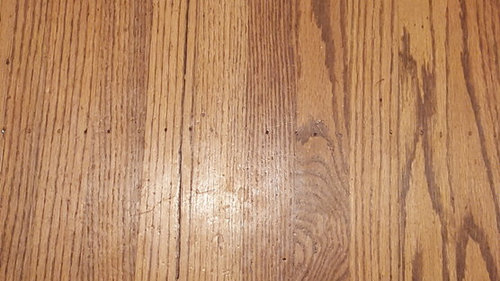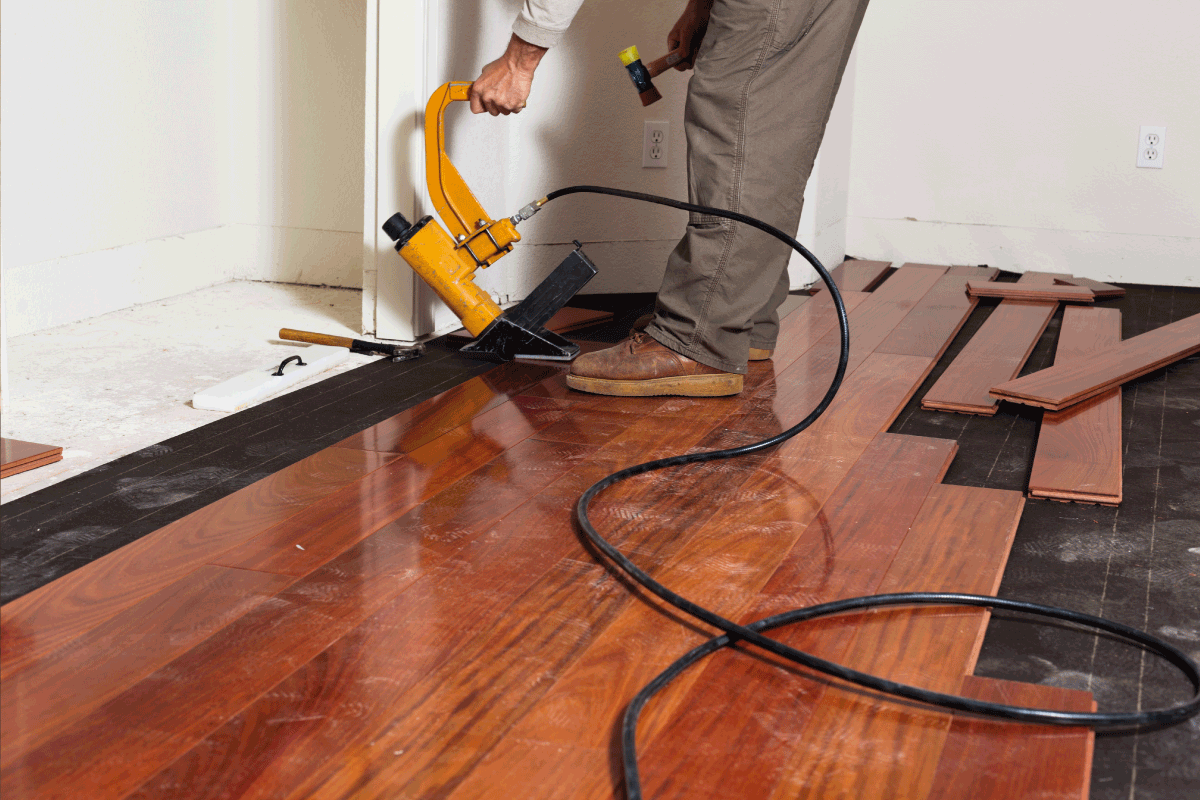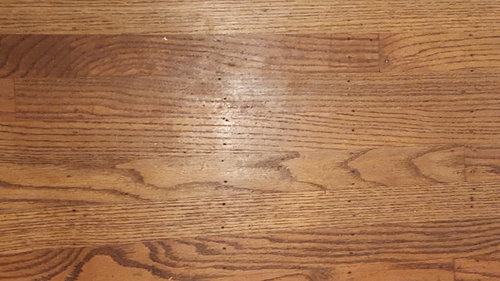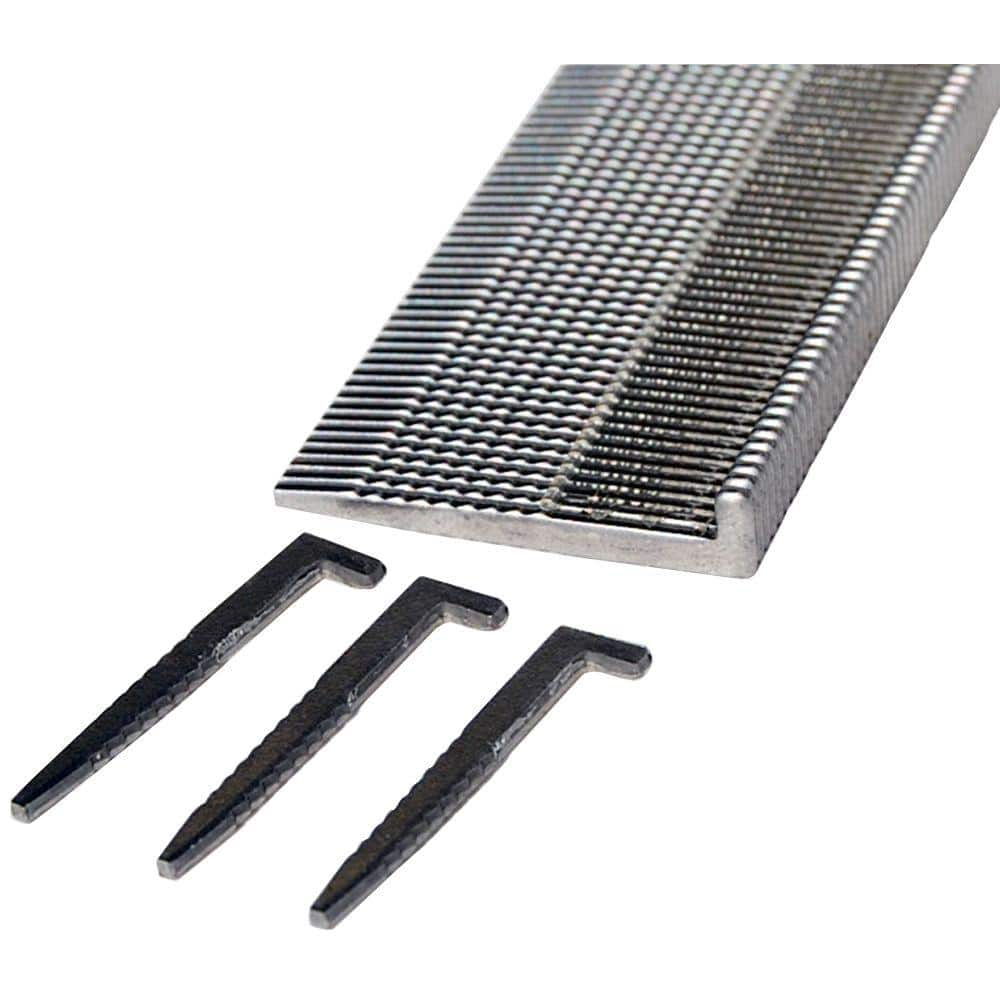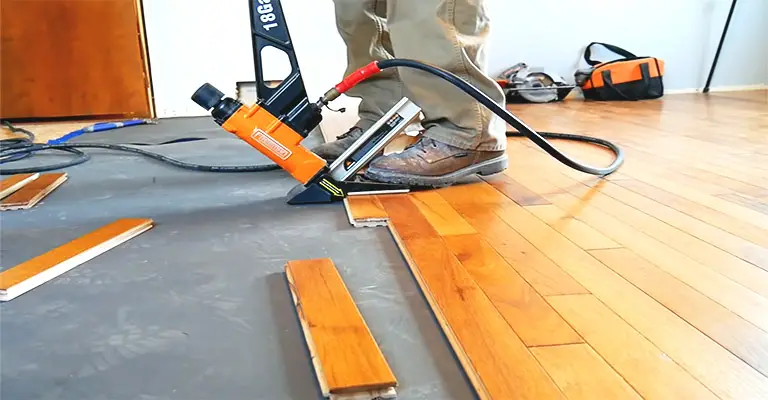As I step onto the lustrous surface of my hardwood floors, I am reminded of the timeless beauty and durability they bring to my home. Hardwood flooring has always been a symbol of elegance and sophistication, but like any other aspect of homeownership, it requires proper care and attention. One issue that can plague hardwood floors over time is the problem of nails coming up. The sight of protruding nails and gaps between the boards can be disheartening, but it’s crucial to address this problem promptly to ensure the longevity and safety of our cherished floors. In this comprehensive guide, I will explore the causes of hardwood floor nails coming up, how to identify the issue, preventive measures, step-by-step repair methods, and tips for preventing future problems. Let’s delve into the world of hardwood floor care and maintenance together.
Understanding the Causes
To effectively tackle the problem of hardwood floor nails coming up, it’s essential to understand the underlying causes. One common factor is the natural expansion and contraction of wood. As the seasons change, the wood fibers absorb and release moisture, causing slight shifts in the floor’s structure. If not accounted for during installation, this movement can lead to nail pops and loosened boards. Additionally, moisture-related issues, such as high humidity levels or water leaks, can exacerbate the problem by weakening the wood and compromising the nail’s grip. Moreover, improper nail installation or inadequate subfloor preparation can also contribute to nails working their way up to the surface over time.
Signs of Hardwood Floor Nails Coming Up
Recognizing the signs of nails coming up in hardwood floors is crucial for early detection and prompt action. Visually, we may notice nails protruding above the surface, creating small bumps on the floor. Gaps between boards may also become more apparent, affecting the floor’s smooth appearance. Moreover, auditory cues, such as squeaking and creaking sounds when walking over certain areas, can indicate loose boards and nails. Beyond aesthetics, addressing this issue is essential for maintaining the structural integrity of the floor and preventing potential safety risks, such as tripping hazards.
Preventive Measures
Preventing hardwood floor nails from coming up requires a proactive approach during installation and maintenance. Acclimating the hardwood before installation allows it to adjust to the environment, reducing the likelihood of future expansions and contractions. Proper subfloor preparation and leveling ensure a stable foundation for the hardwood to rest upon. Choosing the right type and size of nails for the specific wood species is critical for secure fastening. Additionally, maintaining optimal indoor humidity levels through a humidifier or dehumidifier can minimize moisture-related issues and protect the wood from excessive swelling or shrinking.
Step-by-Step Repair Guide
Repairing hardwood floor nails coming up can be a DIY project if approached carefully. The first step is to assess the extent of the issue by inspecting the entire floor for loose nails and boards. Next, gather the necessary tools, such as a hammer, nail set, and wood putty. For nails that have partially come out, gently tap them back into place using the nail set, ensuring they are flush with the surface. If a board is loose or damaged beyond repair, carefully remove it and replace it with a new one. After the repair work is completed, sand the area to ensure a smooth surface and refinish the repaired section to blend it seamlessly with the rest of the floor.
Advanced Solutions
For added nail reinforcement, consider using an adhesive along with nails during the repair process. This can provide extra stability and prevent future nail pops. Additionally, if the issue persists or becomes a recurrent problem, reinforcing the subfloor may be necessary. Consulting a professional for this type of advanced solution can ensure long-term stability and prevent further damage.

Preventing Future Problems
To avoid encountering the issue of hardwood floor nails coming up in the future, it is essential to implement a regular maintenance routine. Conduct periodic inspections to detect any early signs of nail pops or other issues. Address water leaks and spills promptly to prevent moisture-related problems. Maintaining the optimal indoor humidity level, ideally between 35% to 55%, will help to minimize wood movement. When moving heavy furniture or appliances, use protective pads to prevent scratching and denting the floor.
DIY vs. Professional Repair: Pros and Cons
While DIY repairs can be cost-effective and provide immediate action, they do come with certain limitations. Novices may make mistakes during the repair process, leading to temporary fixes that may not last. On the other hand, professional repair services offer expertise and long-lasting solutions, especially for complex issues or recurring problems. Deciding between DIY and professional repair depends on the severity of the problem and personal skill level.
When to Consider Hardwood Floor Replacement
In some cases, the damage caused by nails coming up may be extensive or recurrent, necessitating a more comprehensive solution. Analyzing the cost-benefit of repeatedly repairing the floor versus investing in a complete replacement is crucial. Exploring alternative flooring options can also be considered based on individual preferences and budgets.
Maintaining the beauty and functionality of hardwood floors requires vigilance and a proactive approach to address issues like nails coming up. By understanding the underlying causes, identifying the signs, and taking preventive measures, we can ensure our hardwood floors remain in top-notch condition for generations to come. When facing this challenge, following a step-by-step repair guide and considering advanced solutions can lead to successful repairs. Regular maintenance and early detection are key to preventing future problems and preserving the timeless allure of our beloved hardwood floors.
What Type And Size Of Nails For Hardwood Floors? – Home Decor Bliss
How To Flatten Nail Heads Sticking Out Of Hardwood Flooring-Tutorial
Refinishing hardwood floors – how to hide or get rid of nails
How can I fix a nail pop in vinyl flooring? – Home Improvement
Sanding over nailheads in hardwood floors. Can it be done? : r/howto
Masonry nails in wood floor for old look Masonry nails, Wood
Porta-Nails 1-3/4 in. x 18-Gauge L-Head Flooring Nail (1,200-Pack) 41803
How To Keep Hardwood Floors Nails From Coming Up? – Next Modern Home
Related Posts:
- Hardwood Flooring Rustic Look
- Using Hardwood Flooring For Stairs
- Hardwood Floor Stain Removal Tips
- Hardwood Floor Installation Cost Vancouver
- Vinyl Tile Hardwood Flooring
- Hardwood Flooring Black Walnut
- Images Of Maple Hardwood Floors
- Finishing Hardwood Floors By Hand
- American Hickory Hardwood Flooring
- Hardwood Floor Cleaner For Scratches
The Problem of Hardwood Floor Nails Coming Up
When it comes to home improvement, one of the biggest areas of concern is the flooring. Hardwood floors are considered a luxurious addition to any home and they add both beauty and value. Unfortunately, even the hardiest of hardwood flooring can suffer from problems like nails coming up. When this happens, it not only looks unsightly, but it can also cause tripping hazards and damage to your furniture. So what is the cause of hardwood floor nails coming up and what can be done to prevent it?
Reasons for Hardwood Floor Nails Coming Up
There are several possible causes for hardwood floor nails coming up. The most common cause is that the nails were not installed properly or not driven in far enough. This is often the case when the flooring is installed over an existing subfloor that isn’t completely level or if there is unevenness in the existing subfloor. Another possible cause is if there has been a change in moisture content or humidity in the house. If there has been a significant change in temperature or humidity, the wood may shrink slightly and cause the nails to become loose. Lastly, if the floor was not properly sealed or finished after installation, moisture can seep into the wood and swell it, which can also cause the nails to become loose.
Preventive Measures to Keep Hardwood Floor Nails From Coming Up
The best way to keep hardwood floor nails from coming up is to ensure that they are installed correctly in the first place. This means driving them in deep enough and using an appropriate nail gun with correctly sized nails. Additionally, it’s important to make sure that any existing subfloor is level and that the flooring has been properly sealed or finished after installation. Lastly, if there have been significant changes in temperature or humidity, it’s important to take steps to maintain constant levels – such as using a humidifier or dehumidifier – as this will help keep your hardwood floors from warping and nails from becoming loose.
FAQs About Hardwood Floor Nails Coming Up
Q: What’s the best way to keep hardwood floor nails from coming up?
A: The best way to keep hardwood floor nails from coming up is to ensure that they are installed properly in the first place. This means driving them in deep enough and using an appropriate nail gun with correctly sized nails. Additionally, it’s important to make sure that any existing subfloor is level and that the flooring has been properly sealed or finished after installation. Lastly, if there have been significant changes in temperature or humidity, it’s important to take steps to maintain constant levels – such as using a humidifier or dehumidifier – as this will help keep your hardwood floors from warping and nails from becoming loose.
Q: What could be causing hardwood floor nails to come up?
A: There are several possible causes for hardwood floor nails coming up. The most common cause is that the nails were not installed properly or not driven in far enough. This is often the case when the flooring is installed over an existing subfloor that isn’t completely level or if there is unevenness in the existing subfloor. Another possible cause is if there has been a change in moisture content or humidity in the house. If there has been a significant change in temperature or humidity, the wood may shrink slightly and cause the nails to become loose. Lastly, if the floor was not properly sealed or finished after installation, moisture can seep into the wood and swell it, which can also cause the nails to become loose.
Q: Can I fix my hardwood floors myself?
A: While some minor repairs – such as re-nailing any lifted nails – can often be done by a do-it-yourselfer, more extensive repairs should be left to a professional hardwood floor installer or repair specialist. This will ensure that any repairs are done correctly so as not to cause further damage or create any safety hazards.
